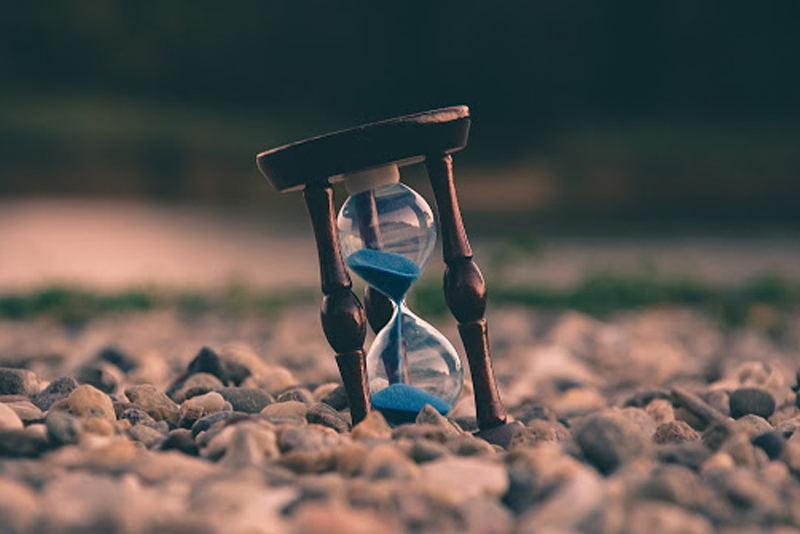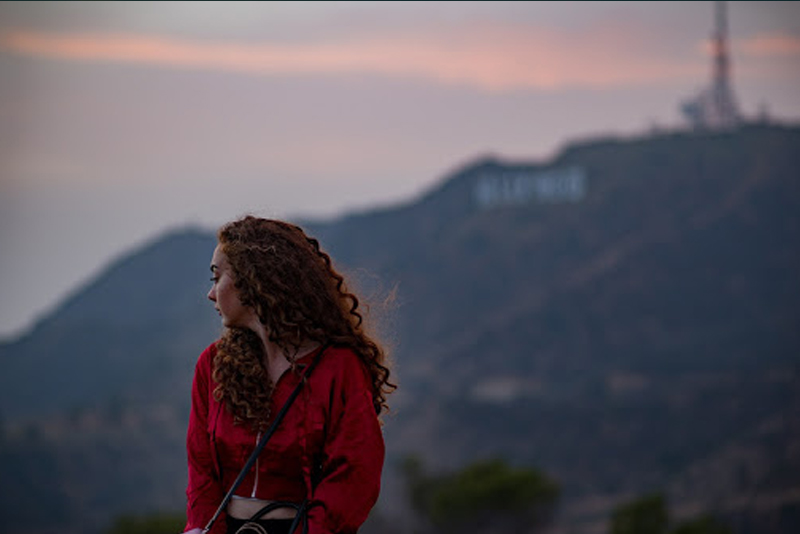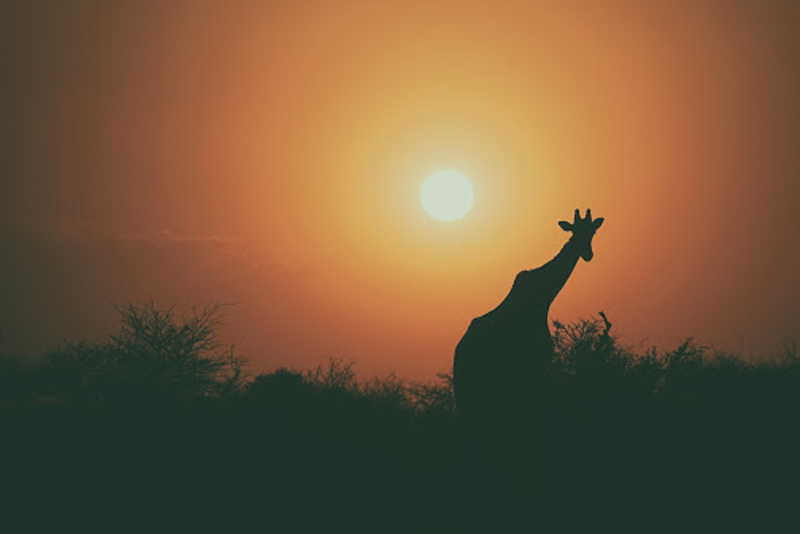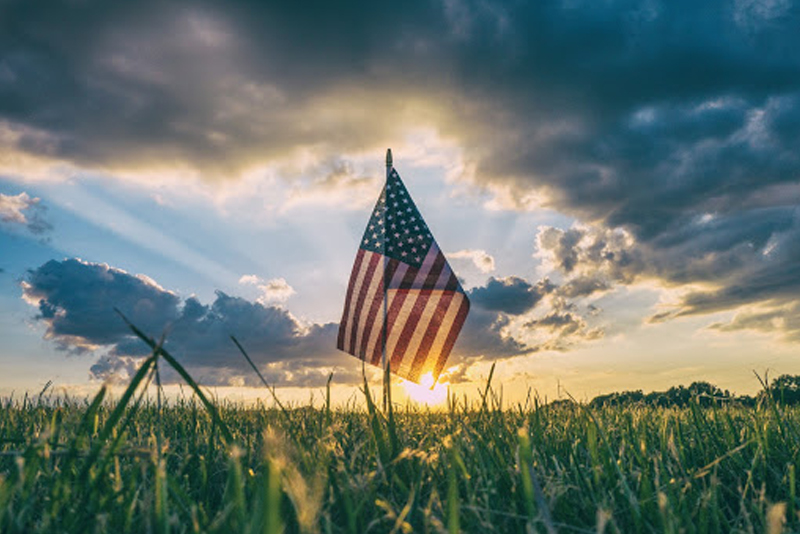Daylight Savings Time – (DST) is a process where clocks are moved ahead an hour in the spring so that evening daylight lasts longer as the summer season approaches. When autumn begins, the clock is moved back an hour to its standard time for more early morning daylight [1].
Countries in the Northern Hemisphere use DST, but there are those that do not. Daylight saving time often begins in March or April and ends in between September and November when the clocks are adjusted to standard time. In the Southern Hemisphere, countries participating in DST start between September and November and end in March or April.
Daylight saving time is used by 70% of the countries in the world today. Countries that participate in the use of DST employ this practice in order to make use of the natural daylight during the evening when the summer months arrive. There are studies that show that this time change reduces the number of traffic accidents since there is more sunlight in the evening [2].
Daylight Savings Time
Daylight Savings Time Origins
Places Without Daylights Savings Time

The Origins Of Daylight Savings
According to the Library of Congress, the idea of daylight saving time (DST) was established during World War I to help conserve fuel and energy needed by the war industries and to extend working day. However, this was temporary as it was repealed after the war ended. Even still, sections in the 1918 law, particularly those that established standard time zones for the United States, were still in effect. Congress readjusted the western boundary to include parts of Oklahoma and Texas in the standard central time zone.
Daylight savings time resurfaced during World War II, and was re-established on January 20, 1942. In 1966, President Lyndon B. Johnson signed it into a federal law called the Uniform Time Act which declared DST a country-wide policy with start and end times established within the standard time zone [3].
In the law that President Johnson signed, DST began on the last Sunday of April and ended on the last Sunday of October for each year. Ronald Reagan tweaked this bill stating that DST begins at 2 AM on the first Sunday of April and ends at 2 AM on the last Sunday of October.
Twenty years later, the Energy Policy Act of 2005 was signed by President Bush with the goal of ensuring jobs for the future using affordable, reliable and secure energy. Apart from the tax breaks, this law caused DST to extend another month, hence the current standard of falling back to standard time in November.
Daylight saving time is often accredited to Benjamin Franklin because of his 1784 essay titled “An Economical Project,” though many have pointed out that it was merely satire. Regardless of whether it was Franklin who started daylight savings time, the concept is plain and simple; DST saves energy and money [4].

Places In The US That Do Not Have Daylight Savings Time
When daylight savings time began after World War II, there was plenty of confusion since the states and municipalities made individual decisions on whether to participate until the Uniform Time Act was signed into a bill. Although DST is not mandatory, all states with the exception of Hawaii and Arizona participate.
American Samoa, US Virgin Islands, Puerto Rico, Guam and the Northern Mariana Islands also do not lose an hour of sleep during DST. However, Arizona daylight savings time is practiced only by the Navajo Native American Tribe located in Arizona [5].
Almost the entire state of Arizona follows Mountain Standard Time or MST throughout the year which has a time zone of Coordinated Universal Time (UTC) offset minus 7 hours, or UTC-7. Simply put, MST of North America keeps time by subtracting seven hours from UTC when standard time is in effect. (Mountain Time is also referred to as the standard time). The timezone during DST is referred to as Mountain Daylight Time (MDT).
Since the trial of Arizona daylight savings time in 1967 was met with negative reactions from the people of Arizona, it was never used again in the state. Most of the negative reactions came from businesses, parents and farming communities stating that DST offered no useful benefits. Interstate businesses often complained that they have to remind other states that Arizona daylight savings time only occurs in select areas of the state.
Although selected areas of the state did not follow the 1967 ruling, since the US Energy Policy Act of 2005 states or territories can decide if they want to follow this change in time. If states participate in DST, they synchronize their clocks with the rest of the country from the second Sunday of March to the first Sunday of November.
One reason why Arizona refused to follow DST is due to their hot climate which renders the time shift useless. They stated that extending the hours of daylight into the evening is not necessary since most people prefer to do their work at night when the temperatures are cooler [6].

States To Vote On Daylight Savings Time
Residents of California may have the opportunity to weigh in on the issue of Daylight Saving Time. The state Senate passed a bill where they will ask their voters to repeal the current law and give their lawmakers the power to adjust the time. This will pass with a two-thirds vote. Supporters of this bill said that this was an outdated practice that does not save much energy. Those who oppose it claim that the bill itself was a waste of tax money.
If the bill is signed by Governor Jerry Brown, the Secretary of the State will put an initiative on the ballot to allow voters to place their vote on whether to authorize this Legislature and make changes to the state’s practice of daylight saving time [10].

Daylight Savings Globally
In the United States, spring means that daylight hours will be extended, while fall means returning to standard time. About 70% of the countries around the world follow daylight savings time while others prefer to retain the original time. The followings areas do not participate in daylight saving time.
- In the Tropics, most of the countries located along and below the equator do not follow DST since their daylight does not change much regardless of the season. Their morning and night schedules remain the same, so there is no need to follow this practice.
- Parts of Asia including China, South Korea, Japan, India, and Taiwan do not follow DST.
Some of Australia’s states and their territories have the option of whether they follow the “spring forward and fall back” practice of the United States. The country is divided because of it. Queensland, Western Australia, and the Northern Territory are among those that do not observe this change in their local time. - The majority of the African continent does not follow this change in time. [7]
- Iceland is an exception to most European countries. They do not follow DST as their mornings and nights are different from the rest of the world as they are closer to the pole.
Countries in the European Union and the United Kingdom all follow DST. This year, the European Commission started a public poll on whether or not to continue with daylight saving time in Europe. Of these countries, 28 adjust their clocks to an hour ahead during the summer and go back an hour during the winter, so they will get an extra hour of daylight during the summer.
There are fragmented opinions about the merits of daylight saving. Those against it claim that energy consumption during these times increases with the use of air conditioning, and this constant change in time disrupts a person’s circadian rhythm which affects their health in the long run. On the other hand, those who support this additional hour during the summer claim that the streets are safer and they have an extra hour to spend with their families after work ends.
Finland gathered around 70,000 signatures early this year to abolish DST but since the rules apply to the whole of Europe for a streamlined time zone, the ruling was not changed. Still, their signatures raised the debate as to whether the European Union should keep DST or change it. The public poll, which ended last August 16, is still being reviewed [8].

The Bottom Line On Daylight Savings Time
Although many of people in the United States complain about daylight saving time since they lose sleep because of it, they are in the minority. The majority of Americans, about 55% of them, are not bothered by DST no matter their time zone. Florida is considering eliminating the need to change the time throughout the year, preferring that they stick with DST. In 2007, about 54% of American people were happy to have their daylight extended because they were able to conserve energy at night. The extra daylight allows for less use of electricity to power lights.
Most people are not against adjusting their clocks during the summer, and this opinion has held true for decades. Every survey conducted after 1937 with regards to DST was in favor of the practice because they were able to save energy in the process [9].
Daylight Savings Time Resources:
[1] Wikipedia; Daylight Savings Time.
[2] Time And Date; Daylight Saving Time – DST – Summer Time.
[3] Fox News; Daylight saving time: When and why we spring clocks forward, Jennifer Earl, March 8.
[4] Forbes; Daylight Saving Time Tied To Energy Policy & Saving Money, Kelly Phillips Erb, March 11, 2018.
[5] Independent; Daylight Savings 2018: When do US clocks go forward and why do we have it?, Mythili Sampathkumar, March 10, 2018.
[6] Time And Date; No DST in Most of Arizona.
[7] Sleep, National Sleep Foundation; Does Everyone Observe Daylight Saving Time?.
[8] The Verge; The EU is polling citizens if daylight saving is really necessary, Shoshana Wodinsky, July 5, 2018.
[9] CNN; Complaining about the change to Daylight Saving Time? You’re in the minority., Harry Enten, March 10, 2018.
[10] ABC 7 News; Plan to end Daylight Saving Time moves forward in California, June 14, 2018.



